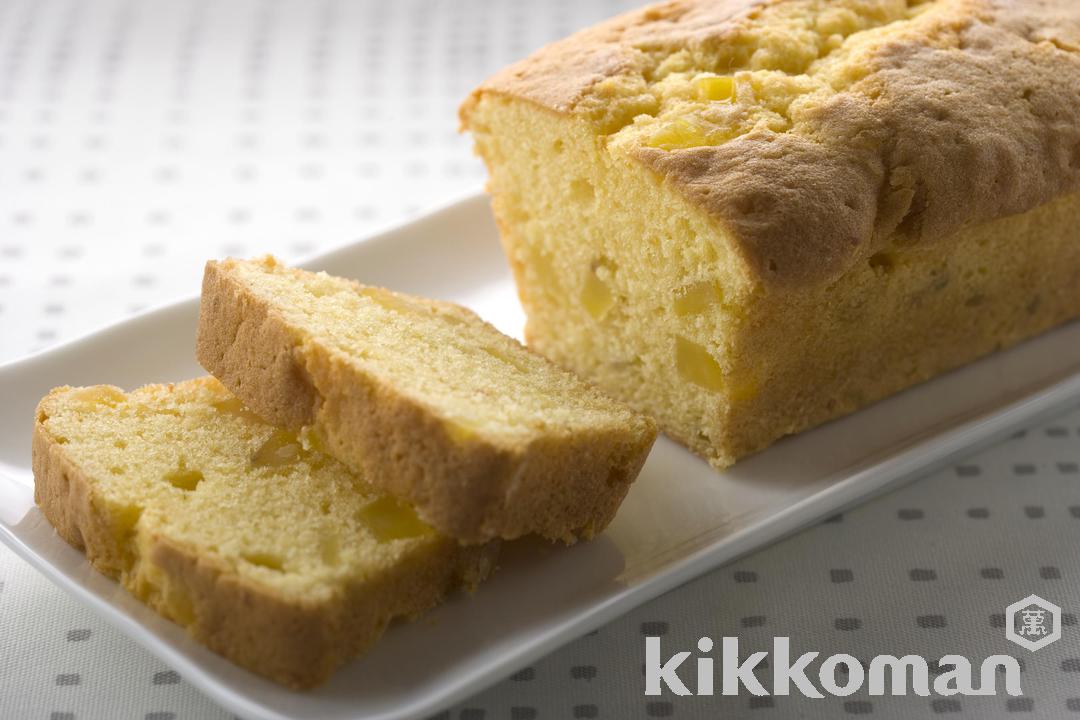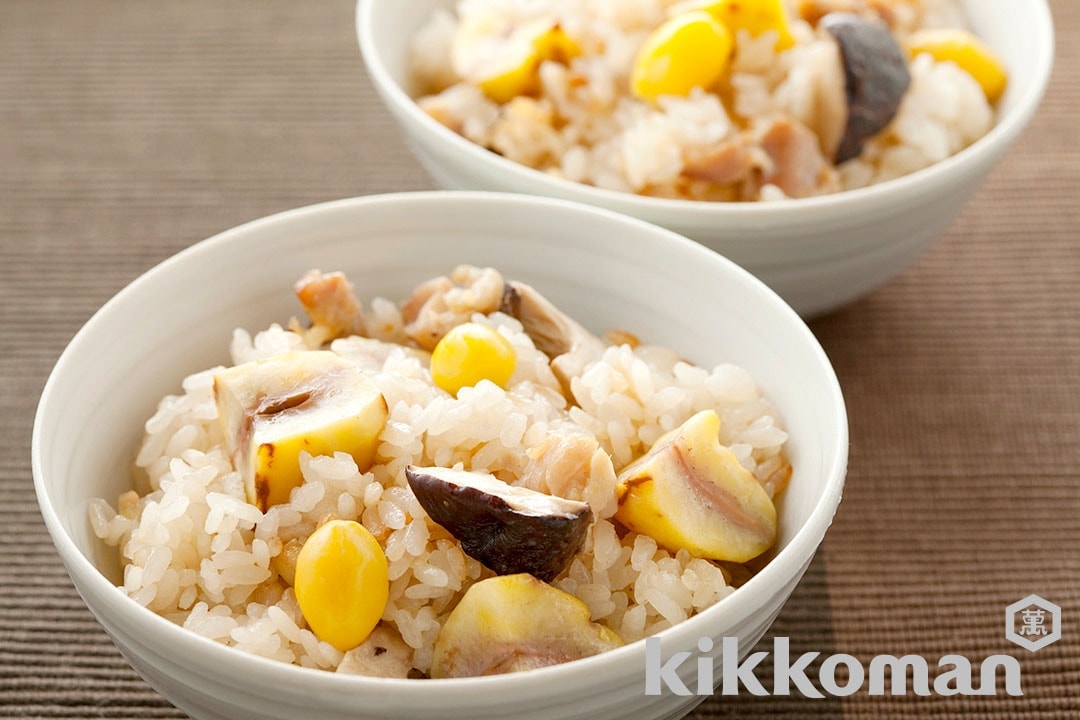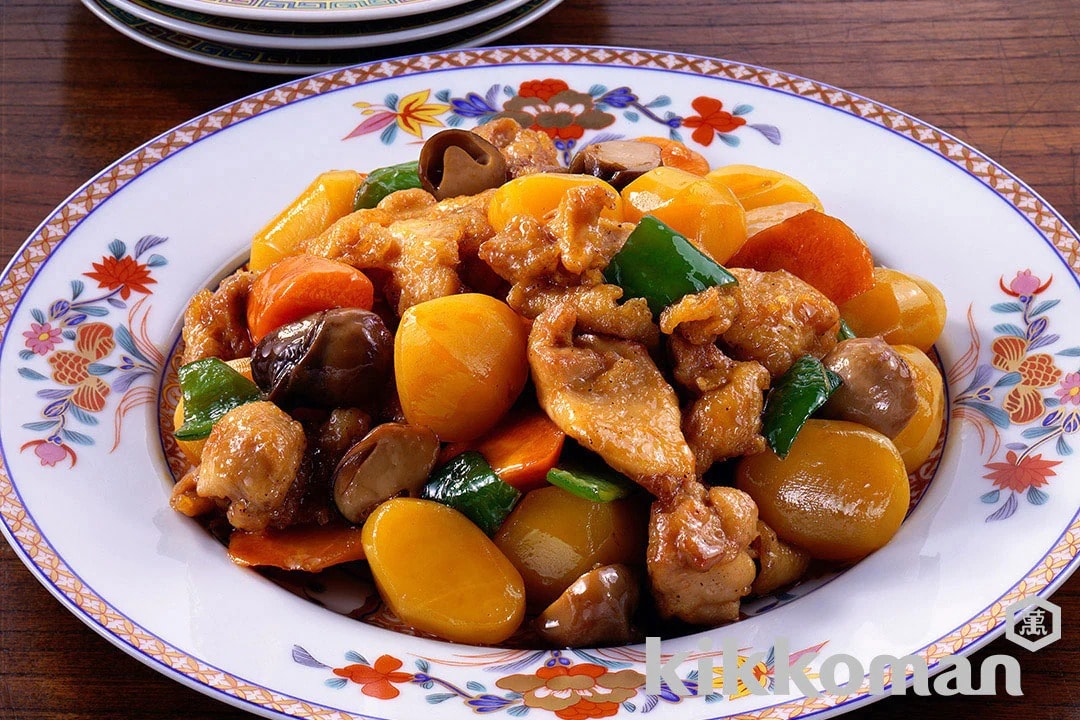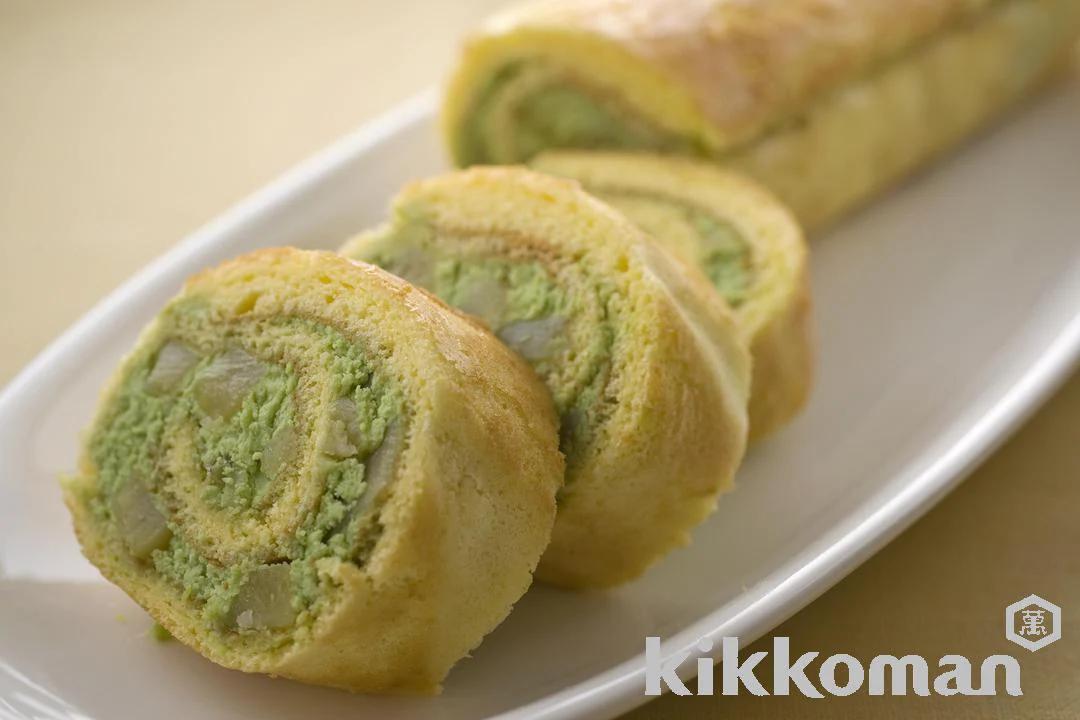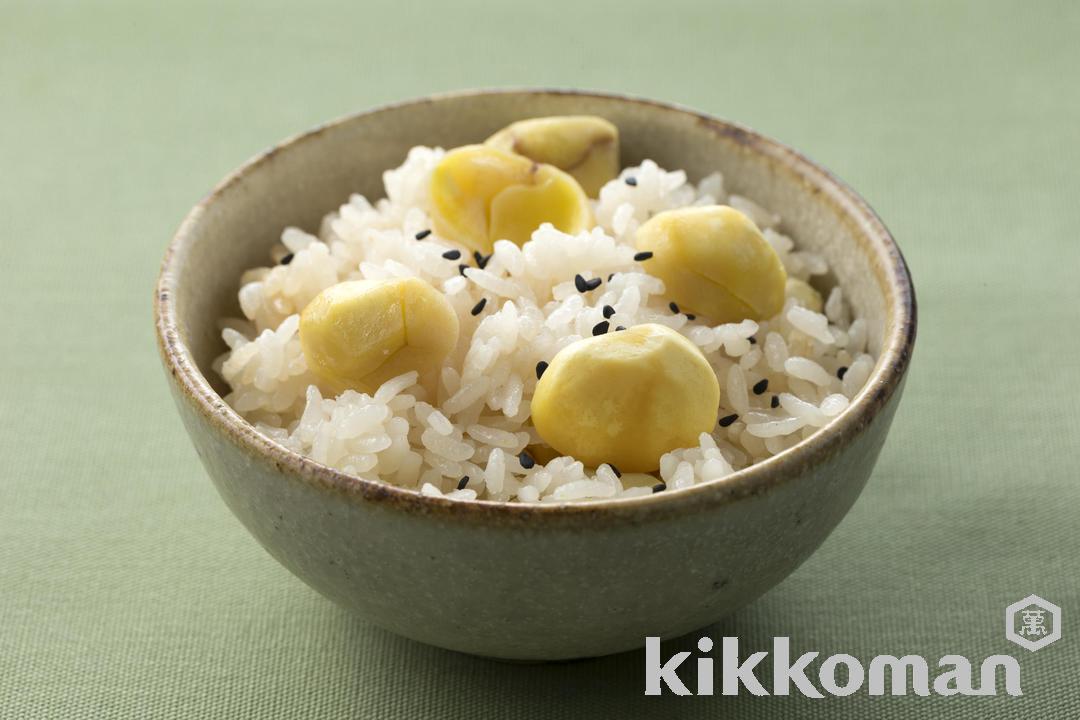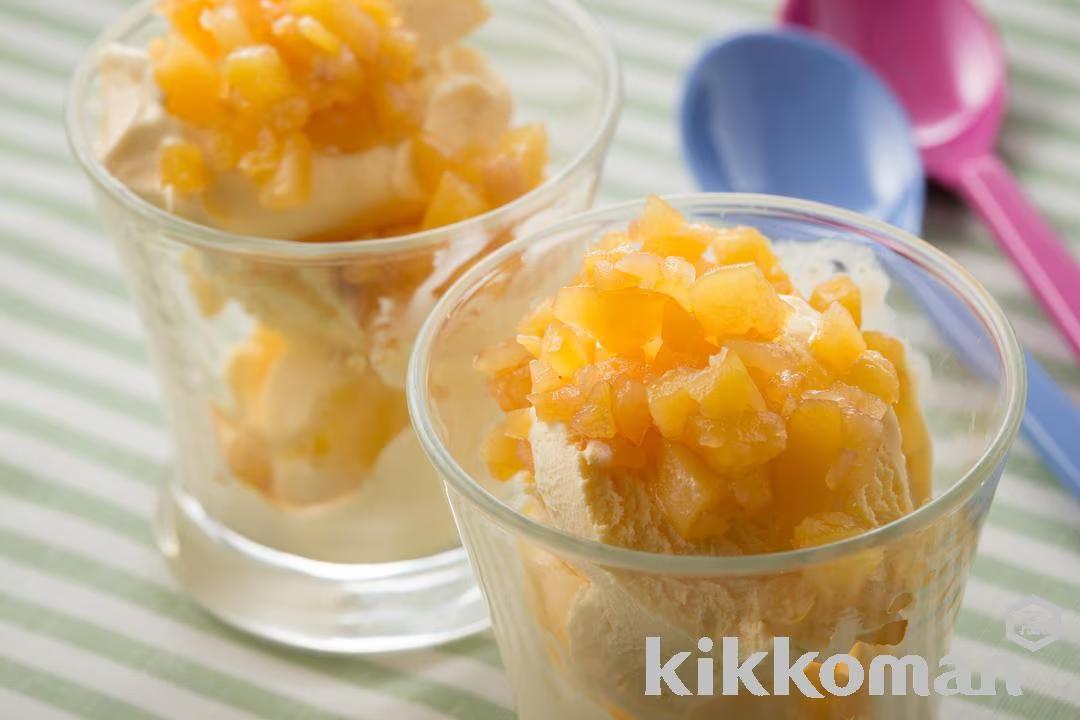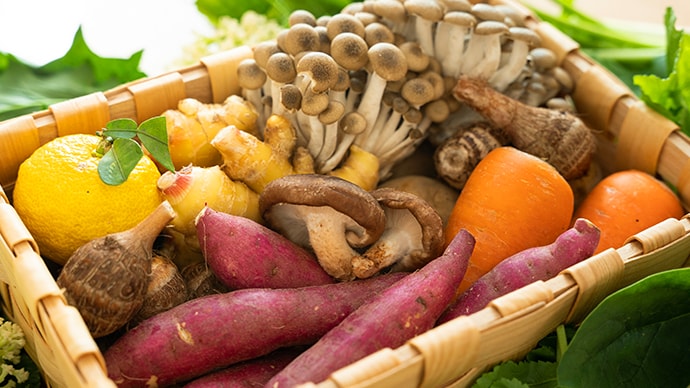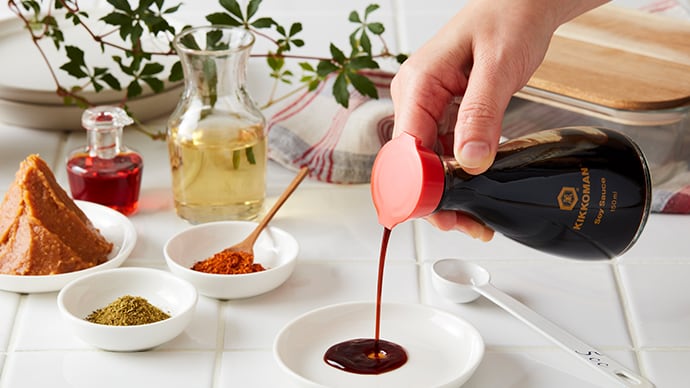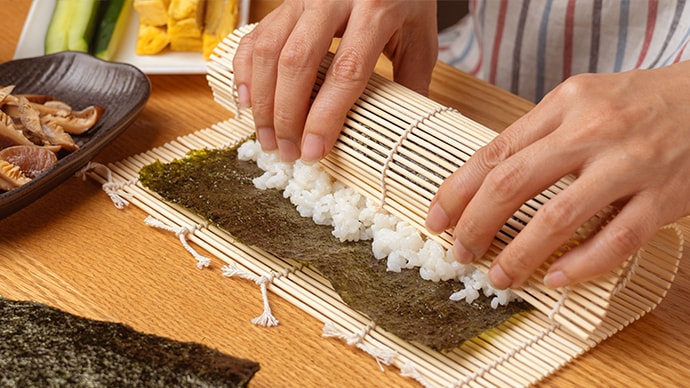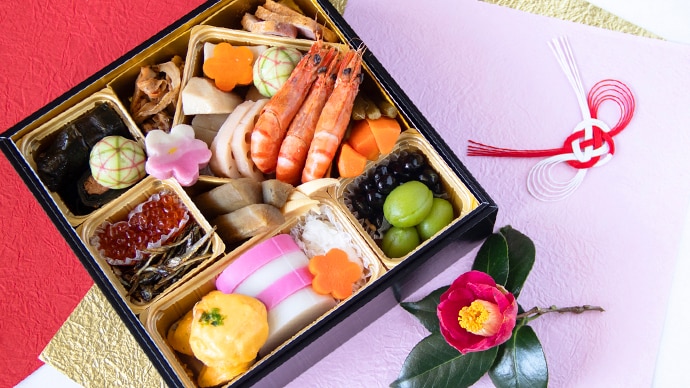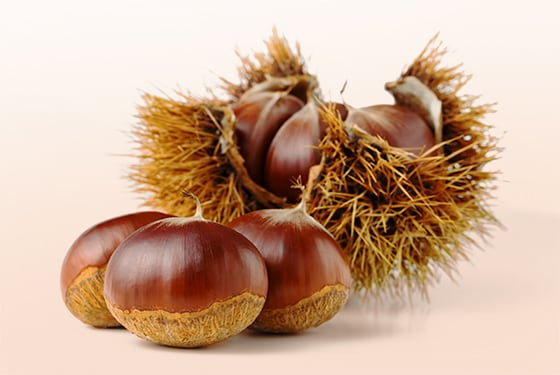
A signature autumn nut: Essential for chestnut rice and Japanese sweets
What are kuri?
Kuri (くり in Japanese) are nuts that grow on chestnut trees in Japan from September to October. They are popular for their fluffy texture, sweet taste, and golden appearance. There are mainly two types: Japanese chestnuts (wakuri), which are cultivated in Japan, and European chestnuts (yoguri), grown in western countries. Japanese chestnuts have a floury, fluffy texture and are used in dishes like takikomi gohan (mixed rice), stews, and chestnut manju (a type of sweet bun). European chestnuts are slightly smaller and firmer than Japanese chestnuts and are used in sweets like marron glacé and Mont Blanc.
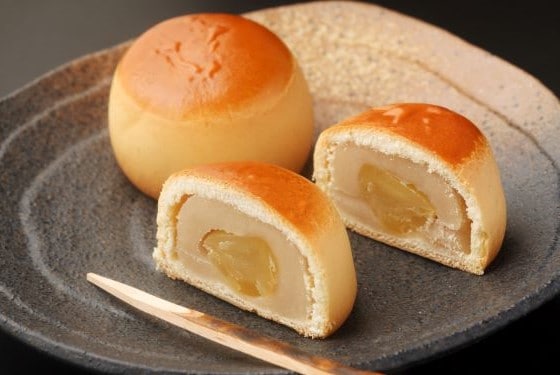
Nutrition facts
Chestnuts are low in fat and rich in carbohydrates, making them a good source of energy, while also containing vitamin B1, which is essential for carbohydrate metabolism. Chestnuts are also composed of dietary fiber, which helps regulate the intestinal environment and aids constapation. Chestnuts are also rich in vitamin C. The vitamin C in chestnuts is wrapped in starch, so it is relatively resistant to destruction even when heated. They are also rich in potassium, which helps excrete sodium and keeps blood pressure normal, making chestnuts useful for preventing high blood pressure.
By eating chestnuts with the skin on, you can consume the tannins contained in the skin. Tannins are a type of polyphenol that have antioxidant properties and are expected to have anti-aging effects.
Storage to prevent food loss
Storing chestnuts at low temperatures increases their sweetness, so it's best to keep them in the refrigerator for 3–4 days before cooking for better flavor. They can also be frozen, which softens the hard outer shell, making it easier to peel.
Trivia
Chestnuts are encased in a hard outer shell called the "onikawa" and a thin inner skin called the "shibukawa." The onikawa corresponds to the fruit flesh of other fruits, while the edible part of the chestnut is the seed. When sold, the spiky outer husk (iga) has been removed, which is actually part of the chestnut’s skin.
Caution
If the outer shell has small holes, the chestnut may have been eaten by insects. Soaking chestnuts in plenty of water will make the damaged ones float, allowing you to remove them before cooking.
Cooking Basics
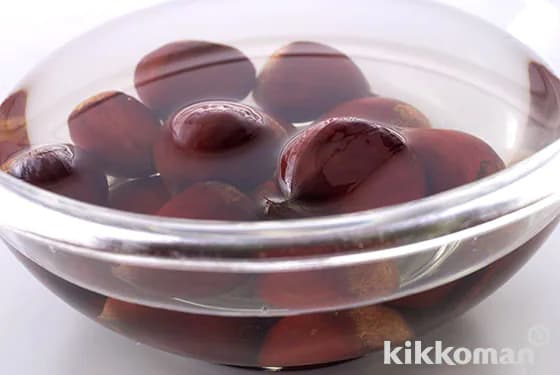
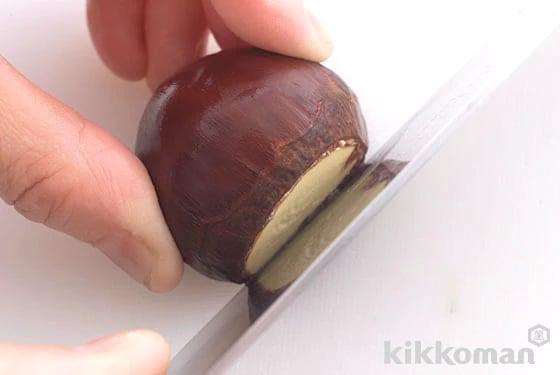
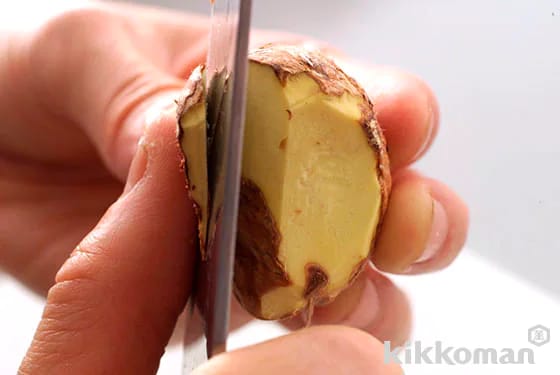
Wash the chestnuts quickly and soak in lukewarm water for about 30 minutes. Cut off a small portion of the bottom part and from here peel off the shell and thin inner skin.
Related Recipes
30min
388kcal
500mg


